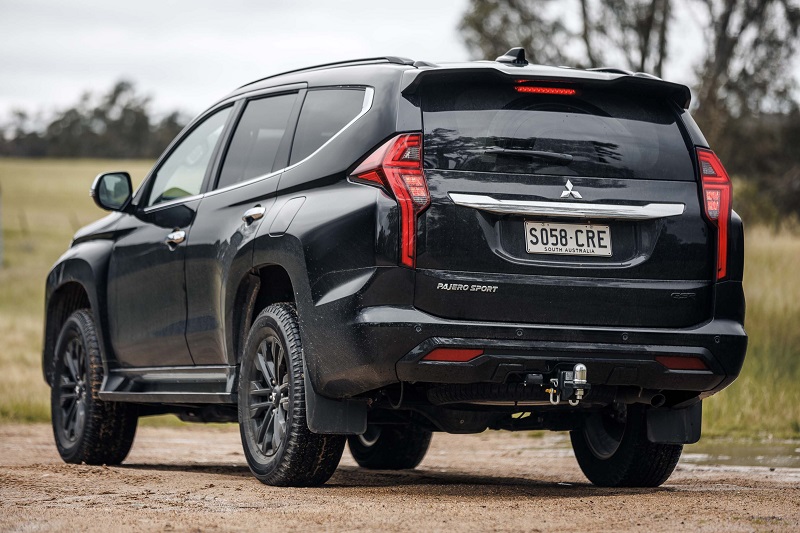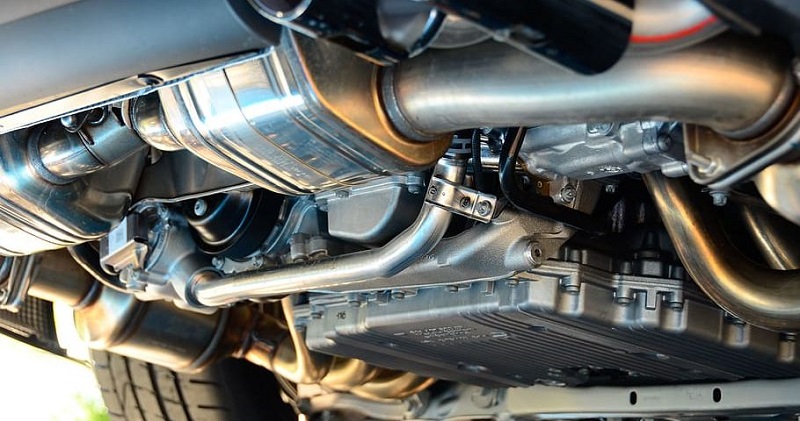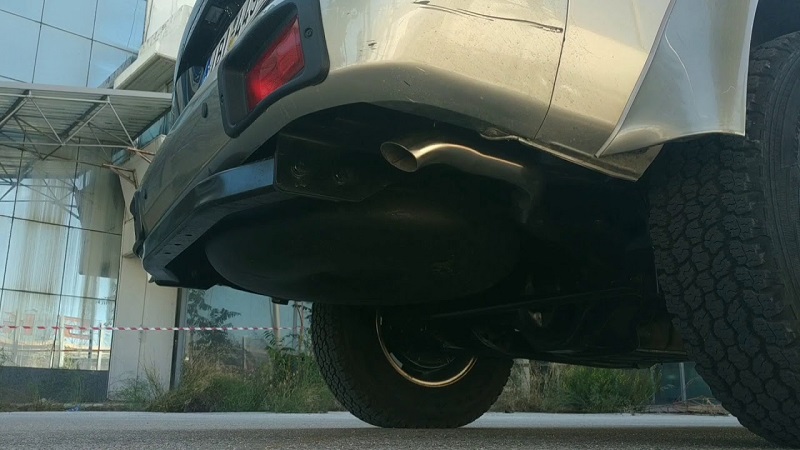Family cars are some of the safest vehicles in the automotive world. The same can be said for the Pajero which despite it being so big and bulky, it actually handles quite well. The coordination of Mitsubishi’s 4×4 beast of a vehicle is able to tame its powerful diesel engine which pulls like no other even up a hill.
The safety is unparalleled since features such as adaptive cruise control and autonomous emergency braking come standard. Built to last and to make your journeys comfortable the Pajero’s only con is that it has a bit of a restrictive exhaust system. This can be resolved quite easily though.
Benefits of an Aftermarket Exhaust

Power
A restrictive exhaust is one that doesn’t only make your Pajero muffled, it also makes it underpowered. With a new exhaust for Pajero, you can make your 4×4 accelerate a lot quicker. Aftermarket Pajero exhausts are able to easily introduce more HP at the powerband that’s already available at your disposal.
Efficiency
A new exhaust system, aftermarket or not, will definitely make for a more efficient vehicle. While the Pajero is not known for its fuel efficiency, this can be changed. Although new Pajero exhaust systems won’t make a drastic change in fuel consumption they can definitely make it count in the long run, meaning the more you drive your Pajero the more you’ll save.
Longevity
An efficient system means one that will last you a long time as there won’t be any room for power loss or inefficient use of fuel. That is if you get an exhaust system that will create a seamless enough pathway for the fumes from the engine. Well, not every exhaust is able to do that for your Pajero.
Types of Aftermarket Exhausts
Cat-Back

One of the most popular if not the most popular type of exhaust you can go for is a cat-back system. Cat-back exhausts are the middle ground between header-back and axle-back exhausts as they offer optimal performance improvements without too much hassle. That’s because they replace components starting from the catalytic converter to the tailpipes.
Header-Back
A header-back system is your most comprehensive replacement since it essentially lets you fit a completely new exhaust system. This may be the most expensive solution but it’s also the most comprehensive since it allows you to go for a custom system.
Axle-Back
If you want only a tad bit of power more than what the stock system of your Pajero has to offer then go for an axle-back system. Axle-back Pajero exhaust systems require you to replace only the components starting from the rear axle to the tailpipes. You might not get much but you won’t spend much on it either.
Turbo-Back
For a truly complete overhaul of your Pajero’s exhaust system, you should go for a turbo-back exhaust. This is where all the components responsible for handling engine fumes are being replaced starting from the turbo to the tailpipes. Again, it’s quite a hefty upgrade but it’s definitely one that is going to pay off big time.
What Matters in an Aftermarket Exhaust
Material

The material an exhaust system comes made of determines how durable it’s going to be.
For instance, if you go for a mild steel exhaust for your Pajero, you shouldn’t expect much longevity-wise as it’s the most malleable and it’s also not that good at handling heat.
If you go for an aluminised steel exhaust you can expect better performance in both salty road conditions and high heat levels but don’t expect to match that of a stainless steel exhaust.
Stainless steel Pajero exhausts are the best upgrade when it comes to dealing with high temperatures and corrosion.
Titanium exhausts exist too but they are not as common since they’re quite pricey however they are the lightest and strongest solution.
Diameter
The diameter of an exhaust system can vary and it can deliver different results when it comes to the sound it makes and airflow too. With larger diameter exhausts there is less restriction and less noise coming through while smaller diameter Pajero exhaust systems are able to restrict exhaust gasses more and thus create more noise. There is such a thing as going with too large of a diameter, which is why bigger isn’t always necessarily better in this case as it can create a lot of back pressure.
Bends
Not the number of bends but rather the type of bends an exhaust has can affect airflow quite a bit. Mandrel bent exhausts are best in this case as the manufacturing process doesn’t leave any creases where the bends are, making them smooth throughout. This is where you’ll want to avoid crush-bent exhausts since, although they are cheaper they’re super restrictive since the bends are not smooth.
Resonator
Adding a resonator to your exhaust is a must and it’s part of every stock system for a reason. Resonators are what help reduce exhaust drone which can be annoying when driving at higher speeds. Remember, a resonator is not the same as a muffler though.